Feather health is one of the most visible indicators of a parrot's overall wellbeing. Those vibrant plumes aren't just for show - they serve crucial functions like flight, temperature regulation, and even communication. As caretakers, understanding how to maintain optimal feather condition should be at the heart of every parrot owner's care routine.
The foundation of healthy feathers begins with nutrition. Many first-time bird owners don't realize that up to 25% of a parrot's daily protein intake goes toward feather production and maintenance. A diet consisting solely of seeds, which many novice owners default to, creates multiple nutritional deficiencies that manifest in brittle, discolored, or frayed feathers. The key lies in variety - fresh vegetables like sweet potatoes and dark leafy greens provide beta-carotene, while quality pellets offer balanced amino acids. Certain nuts, particularly almonds and walnuts, contain fatty acids that give feathers their characteristic sheen.
Beyond dietary considerations, feather health depends heavily on environmental factors. Indoor parrots often suffer from low humidity levels that dehydrate their plumage. In the wild, tropical species experience relative humidity levels between 60-80%, while our climate-controlled homes typically maintain 30-50%. This discrepancy leads to increased feather dust and breakage. Strategic placement of bird-safe humidifiers near (but not directly beside) cages can make a remarkable difference. Another often overlooked aspect is air quality - cigarette smoke, aerosol sprays, and even strong cooking fumes can coat feathers with harmful residues that birds ingest during preening.
Preening behavior itself plays a dual role in feather maintenance. Parrots spend several hours each day aligning feather barbs and distributing protective oils from their uropygial gland. However, both excessive and insufficient preening signal potential problems. Over-preening often stems from stress or boredom, leading to feather destruction. Under-preening might indicate illness or mobility issues. Observant owners should note changes in preening habits as early warnings of health issues. Providing rough-textured perches of varying diameters helps birds naturally maintain beak and claw health, which directly impacts their ability to care for their plumage.
Molting periods present unique challenges in feather care. Unlike mammals that shed hair gradually, parrots undergo intense molting cycles where they replace large portions of their plumage within weeks. During these phases, protein requirements can spike by 40%. Many avian veterinarians recommend supplementing with additional omega-3 fatty acids and amino acids like lysine during molts. The process also creates significant itchiness - offering frequent misting showers or shallow bathing dishes provides relief. Some species, particularly cockatoos, benefit from "molting toys" - destructible items like untreated pine blocks that give them appropriate outlets for their increased chewing urges.
Environmental enrichment affects feather condition in surprising ways. Parrots lacking mental stimulation often develop stress-related feather plucking. The solution isn't simply adding more toys, but providing the right types of enrichment. Foraging toys that require problem-solving to access treats mimic natural feeding behaviors. Rotating toys weekly prevents boredom while maintaining novelty. Social interaction also plays a role - flock species like conures may overpreen when isolated, while more independent species like Pionus parrots might pluck due to excessive handling. Understanding species-specific needs is crucial.
Veterinary care forms the final pillar of comprehensive feather health management. Annual checkups should include microscopic examination of feather follicles and barb structure. Many metabolic disorders like hypothyroidism or liver disease manifest in feather abnormalities long before other symptoms appear. Some avian specialists recommend keeping a "feather journal" - documenting found molted feathers with dates and notes about their condition helps track cyclical patterns and identify potential health concerns early. Certain supplements like red palm oil or spirulina may be recommended based on individual bloodwork results.
Ultimately, feather care extends far beyond cosmetic concerns. A parrot's plumage serves as both armor and communication system. By addressing the nutritional, environmental, behavioral, and medical aspects of feather health holistically, caretakers ensure their birds can express their full natural beauty while maintaining optimum physical condition. The vibrant colors, smooth textures, and intact flight capabilities of healthy feathers represent one of the most rewarding indicators that we're meeting our parrots' complex needs.

By /Jun 28, 2025

By /Jun 28, 2025
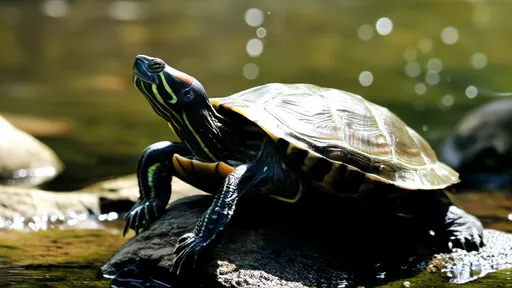
By /Jun 28, 2025
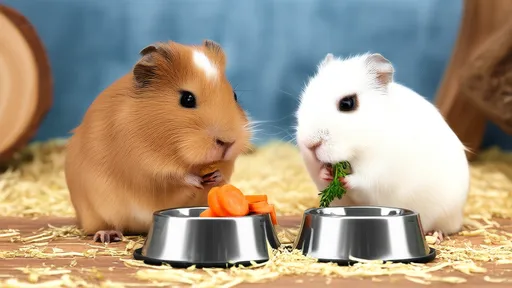
By /Jun 28, 2025
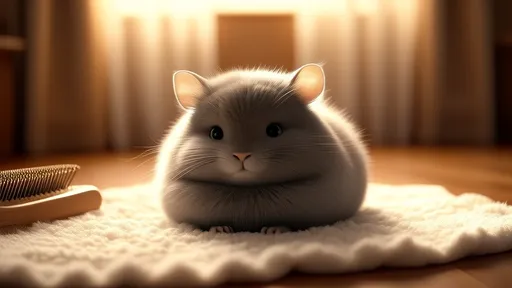
By /Jun 28, 2025
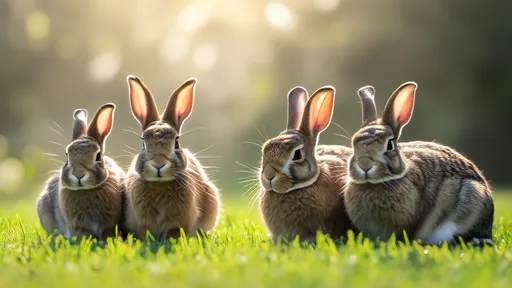
By /Jun 28, 2025
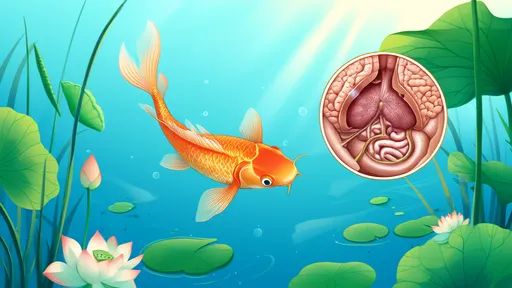
By /Jun 28, 2025
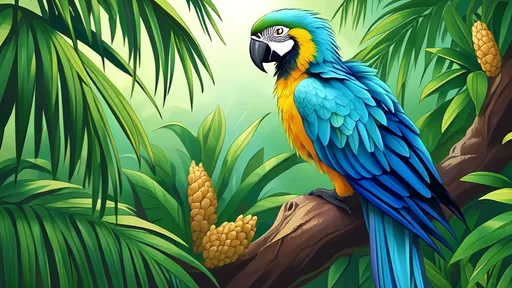
By /Jun 28, 2025
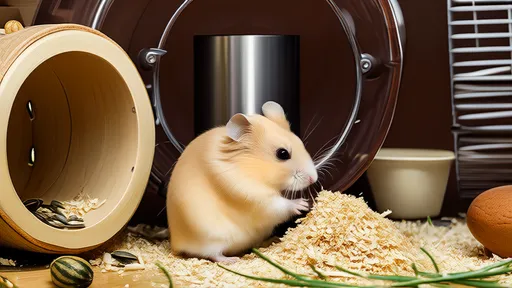
By /Jun 28, 2025
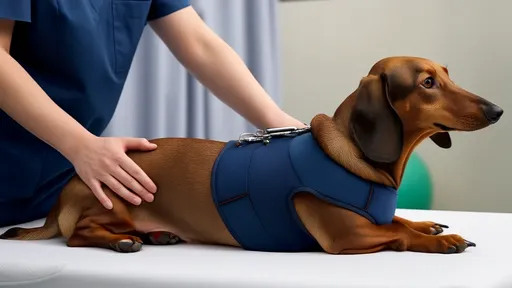
By /Jun 28, 2025
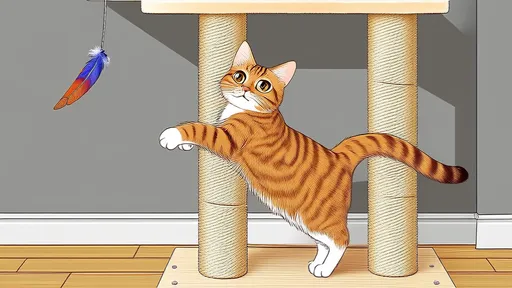
By /Jun 28, 2025
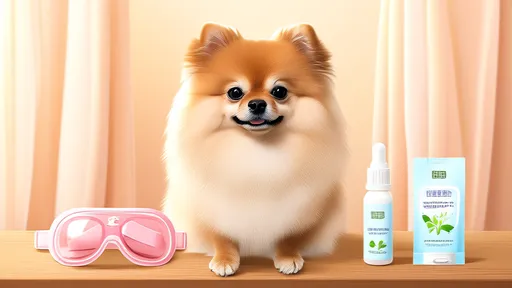
By /Jun 28, 2025
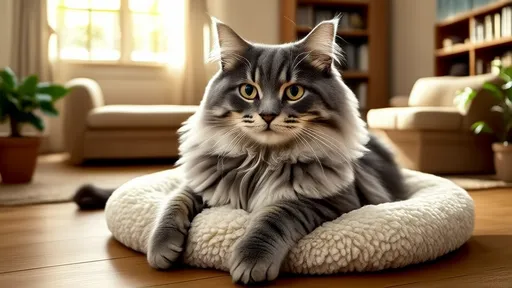
By /Jun 28, 2025

By /Jun 28, 2025
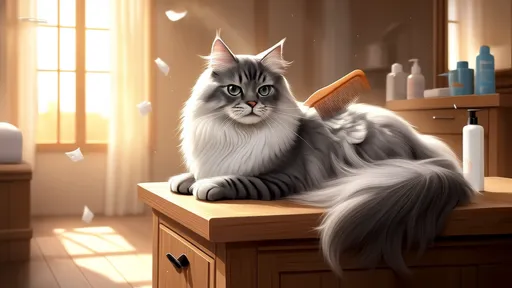
By /Jun 28, 2025
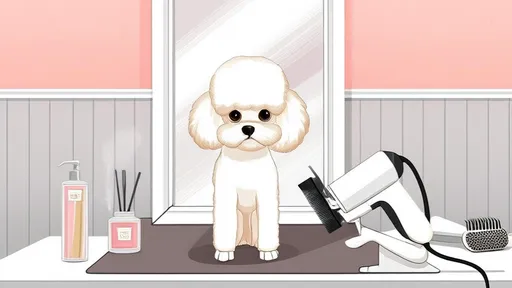
By /Jun 28, 2025

By /Jun 28, 2025
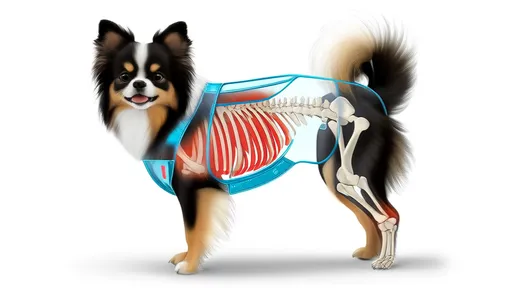
By /Jun 28, 2025